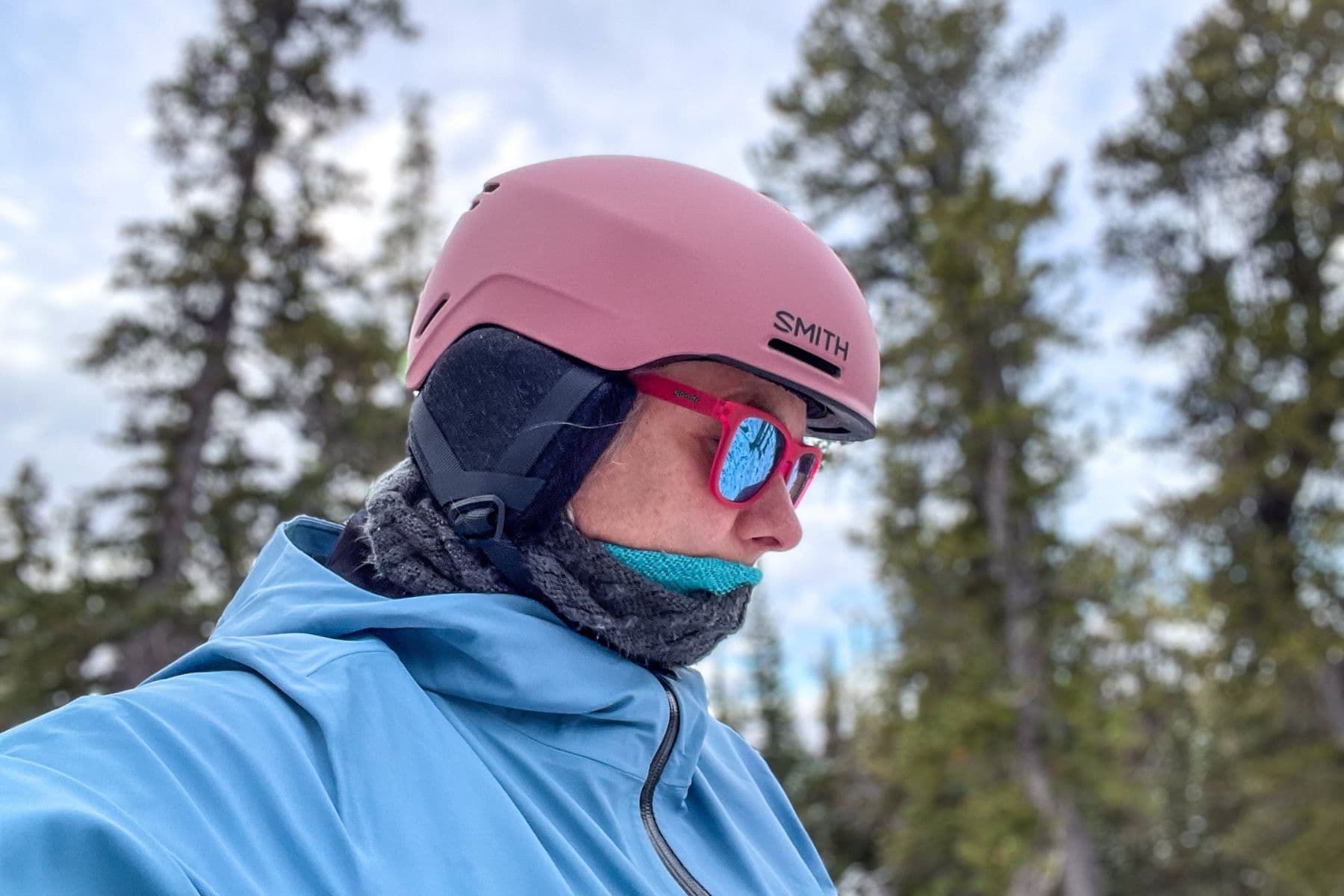An adjustable helmet offers a tailored fit that enhances comfort and security, making it a popular choice for activities like biking, skiing, and motorcycling.
Helmets with adjustable features provide flexibility, allowing for minor tweaks to achieve an ideal fit.
Here’s a complete guide on how to choose and use an adjustable helmet for maximum comfort.
1. Benefits of an Adjustable Helmet
Adjustable helmets offer numerous advantages:
- Personalized Fit: An adjustable helmet can be fine-tuned to fit your exact head shape, reducing the risk of discomfort from pressure points.
- Versatile Sizing: Adjustable features allow the helmet to accommodate slight changes in head size, especially useful if you wear different layers or headgear depending on the season.
- Enhanced Safety: A snug fit reduces movement on impact, improving the helmet’s effectiveness in protecting your head.
2. Types of Adjustable Fit Systems
Manufacturers offer various adjustable systems to ensure a secure and comfortable fit:
- Dial-Fit System: Commonly found in cycling and skiing helmets, a dial on the back allows you to adjust the fit by turning it clockwise to tighten or counterclockwise to loosen. This system is quick and convenient for mid-activity adjustments.
- Slide Adjusters: Slide adjusters on either side of the helmet allow you to adjust the fit by sliding them closer together or further apart. This type is often found in lightweight helmets like those for skateboarding.
- Ratchet or Buckle Systems: Common in motorcycle helmets, this system uses a ratcheting mechanism on the chin strap to achieve a snug fit. It’s quick to fasten and adjust but less versatile than dial systems.
- Pad Inserts: Some helmets include extra padding inserts of various thicknesses, allowing you to add or remove padding in certain areas for a custom fit.
3. Steps to Adjust Your Helmet for Optimal Comfort
To achieve a secure and comfortable fit, follow these steps:
- Step 1: Position the Helmet Properly
Place the helmet level on your head so that it sits just above your eyebrows, covering your forehead without obstructing your vision. The helmet should sit evenly without tilting backward or forward. - Step 2: Adjust the Fit System
Use the helmet’s fit system to customize the size. Turn the dial or adjust the straps to tighten or loosen the helmet until it feels snug but comfortable. Avoid over-tightening, as it can cause pressure points. - Step 3: Secure the Chin Strap
Fasten the chin strap securely, allowing only one or two fingers to fit between the strap and your chin. For added comfort, ensure the strap doesn’t press uncomfortably against your throat. Check for V-shaped positioning of the side straps just below each ear. - Step 4: Test for Movement
Shake your head gently from side to side and up and down. The helmet should move with your head without slipping or feeling loose. Adjust further if there’s any movement.
4. Choosing the Right Adjustable Helmet Based on Activity
Different activities require specific helmet features, so choose an adjustable helmet designed for your intended use:
- Cycling Helmets: Lightweight and typically equipped with a dial-fit system. These helmets prioritize ventilation and comfort for long rides.
- Ski and Snowboard Helmets: Often feature insulated padding and goggle compatibility, with a dial-fit system to adjust for added warmth layers.
- Motorcycle Helmets: These usually feature a ratchet system and padded inserts for maximum stability and safety on high-speed rides.
- Climbing or Skating Helmets: Focus on impact protection and comfort, often with slide adjusters or additional padding.
5. Adjustable Helmet Sizing Chart and Guide
Helmet sizes generally follow standard measurements, with adjustable systems allowing you to fine-tune within the size range. Here’s a general reference chart to get you started:
- XS: 20.1 – 21.3 inches (51 – 54 cm)
- S: 21.3 – 22 inches (54 – 56 cm)
- M: 22 – 22.8 inches (56 – 58 cm)
- L: 22.8 – 23.6 inches (58 – 60 cm)
- XL: 23.6 – 24.4 inches (60 – 62 cm)
- XXL: 24.4 – 25.2 inches (62 – 64 cm)
Refer to the specific manufacturer’s size chart for precise sizing, as measurements may vary by brand.
6. Tips for a Comfortable, Customized Fit
- Adjust Throughout the Day: Head sizes can fluctuate due to factors like temperature and humidity, so readjust as needed for ongoing comfort.
- Account for Accessories: If you wear glasses, a balaclava, or a skull cap, try the helmet on with these items to ensure a comfortable fit.
- Seasonal Adjustments: If you’re using the helmet in winter or summer, adjust to accommodate thicker or thinner head coverings accordingly.
7. Common Mistakes to Avoid
- Over-Tightening: Tightening the helmet too much can cause headaches and discomfort. The helmet should feel snug without causing any pressure.
- Ignoring the Shape: Helmets come in different shapes to fit different head shapes (round, oval, intermediate oval). If a helmet feels too tight or loose in specific areas, try a different shape.
- Not Rechecking After Initial Adjustment: Always recheck the fit after any adjustments, as loosened or overtightened straps can reduce effectiveness and comfort.
8. When to Replace an Adjustable Helmet
Even with adjustable features, helmets don’t last forever. Replace your helmet every 3–5 years or immediately after any significant impact, even if there is no visible damage, as the internal structure may degrade over time.
Final Thoughts
An adjustable helmet is a smart investment, combining safety, comfort, and versatility.
Taking the time to properly adjust it ensures you’ll have a helmet that not only protects but also provides comfort over long periods.
Whether cycling, skiing, or on the road, an adjustable helmet tailored to your needs offers both safety and the best possible ride experience.








